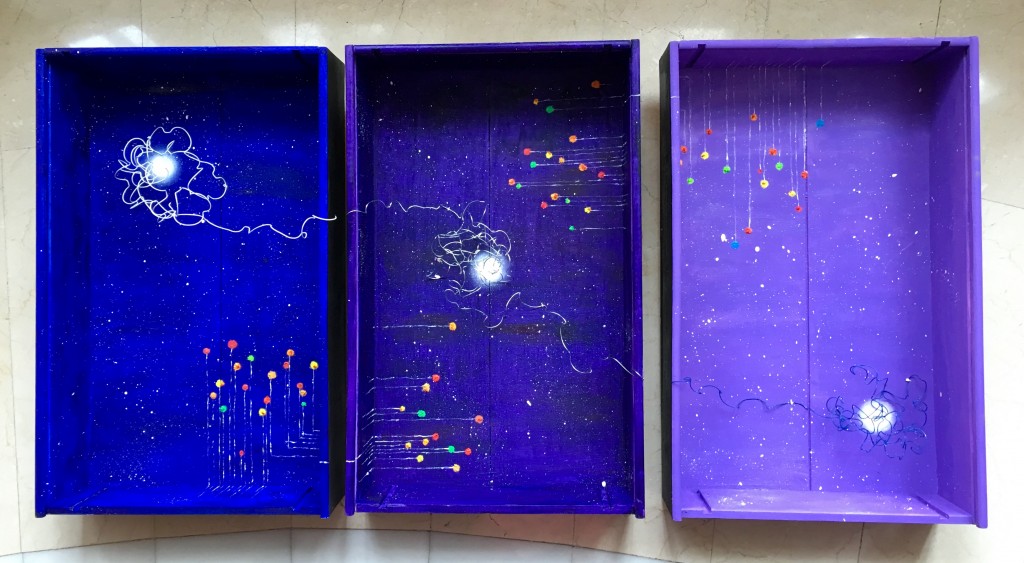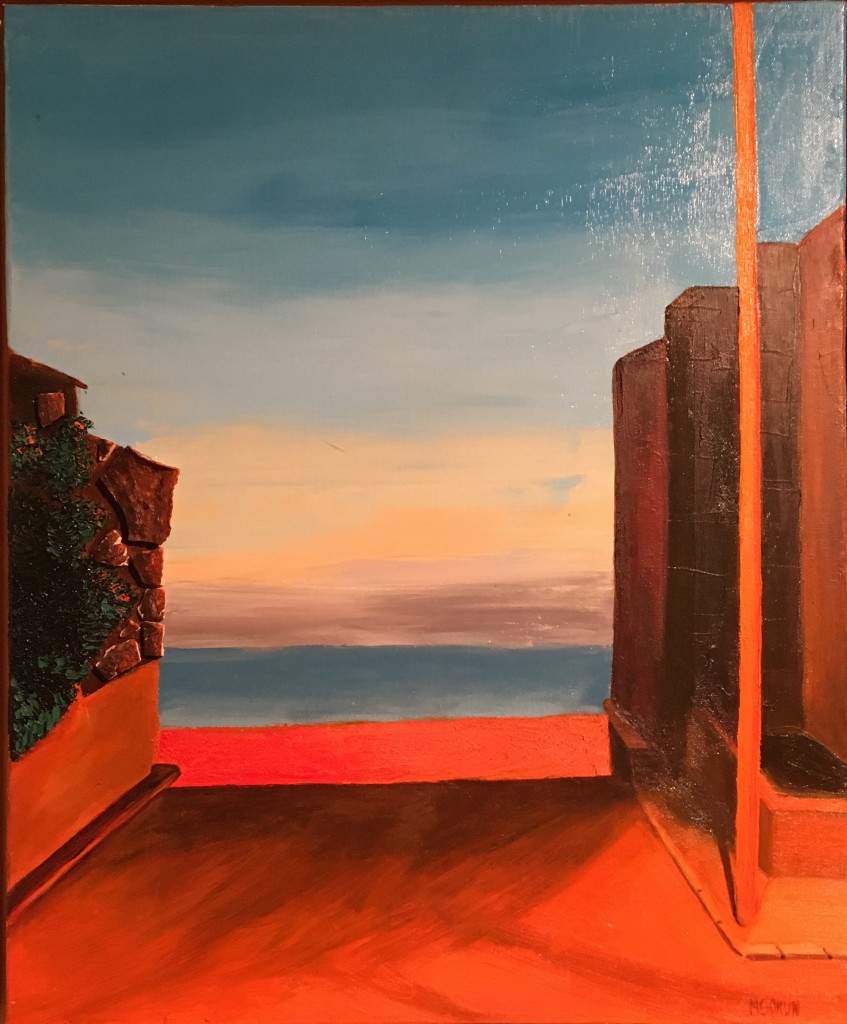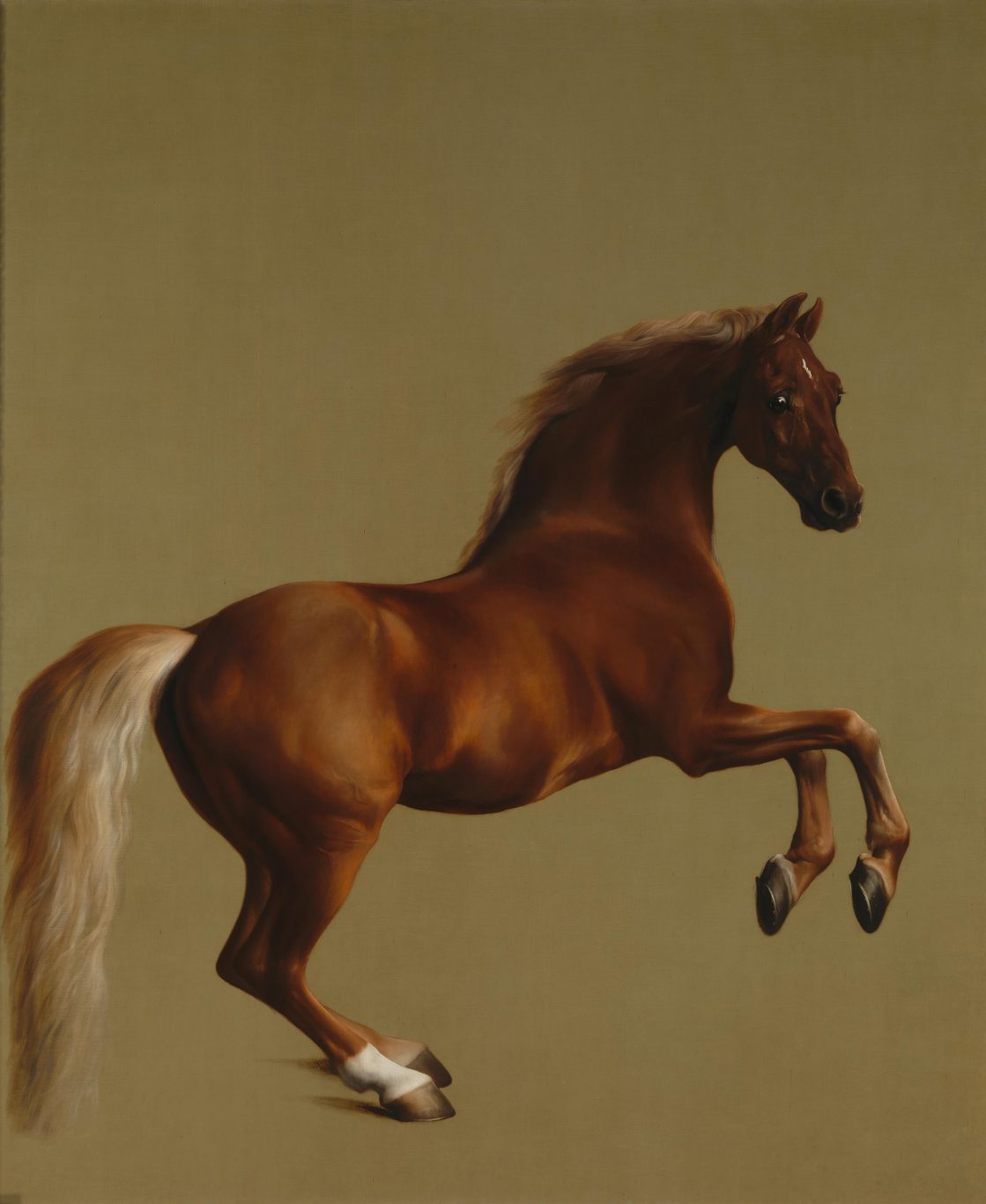Editor’s Note
In 1766, Gotthold Ephraim Lessing wrote a piece called Laocoön: An Essay on the Limits of Painting and Poetry. In it, he famously described poetry as a temporal art and painting as a spatial one. Generations of scholars, critics, poets, and artists have complicated this since, of course, and some hold that neither temporality nor spatiality have much to do with either.
The occasion for Lessing’s essay is not a poem or a painting, but a sculpture, Ancient Greek, of the Trojan priest Laocoön. He tried to warn that the Trojan Horse was, indeed, a Trojan Horse, and for his trouble was besieged by god-sent serpents. (He had already angered the gods once, by breaking his celibacy.) The Trojans assumed, to their demise, that his fate meant that the Horse was safe. Laocoön’s sons, born of divinely-forbidden sex, gaze up from his serpent-twined body to look at his contorted face, and the ringlets of Laocoön’s hair look like tiny and vehement snakes themselves, a Medusa if Medusa’s beasts had turned on her rather than seem to leap to her defense, his head thrown back.
I started thinking of Laocoön again, sculpture and essay alike, when I joined At Length‘s staff, which made me start wondering how the art section might engage with the idea of being, well, at length. For all of both of their seeming certainty or legibility, both the sculpture and the essay are ekphrases, which, to me, entails an attempt at an impossible translation. The Laocoön sculptors tried to take a particular moment in a myth and transform it into a perpetual, concrete object. Lessing tried to transform various forms of art into a system of analysis. Both works are problems, not solutions, in the richest sense of the former word: a puzzle, a riddle, an enigmatic statement, as full of the unpredictable as the inside of a horse that, invisibly, contains an army.
“Length” is a versatile word: it’s a verb (as in lengthen) and a noun, and it’s about both space and time. And “at” is a shifty preposition: it can indicate a point at which things meet, as in, touching length; it can signal a place, or a time, or both; it changes in meaning when applied to different nouns, like, of course, to go on at length. Both words are ambiguous, particularly in terms of the kinds of relations they draw between various positions, persons, utterances, places. “At length,” too, is a problem. The pieces that intrigue me—both in terms of artwork itself and art writing—won’t try to solve the problem of the phrase “at length,” or any of the problems they find themselves encountering and engaging, but instead try to inhabit those puzzles, and crawl into the rich mysteries they present.
—Sumita Chakraborty, Art Editor
Birth of a Star, Light Travel, Blue Fog, and Orange Light:
Four Paintings by Margarita Gokun
To begin, I present four pieces by Margarita Gokun, a writer, novelist, and painter whose writing has appeared in The New York Times, the BBC, The Wall Street Journal, NPR, The Washington Post, The Atlantic, The Guardian, Smithsonian, Saveur, and elsewhere. Her paintings are currently a part of an ongoing exhibition at Casa Sefarad in Madrid, Spain. The exhibit, titled “In Spanglish,” features Gokun as well as two other American artists who are currently living in Spain.
Margarita gave me the option of selecting any of her pieces to feature in At Length; below you will find two pieces each from two of her series, “Thoughts” and “Experiences.” All four seem to me to take their titles, and the title of the series in which they are in, as provocations. All four imbue their uncertain lacunae with a kind of palpable, haunting, and enticing energy. All four give us just enough that we can discern to make us want to reside in what we do not.
Birth of a Star, mixed media on canvas, 50x60cm, 2010, “Thoughts” series
Light Travel, mixed media on wooden recycled wine boxes, 55x34cm each, 2016, “Thoughts” series
Blue Fog, oil on canvas, 33x43cm, 2011, “Experiences” series
Orange Light, mixed media on canvas, 50x60cm, 2012, “Experiences” series







